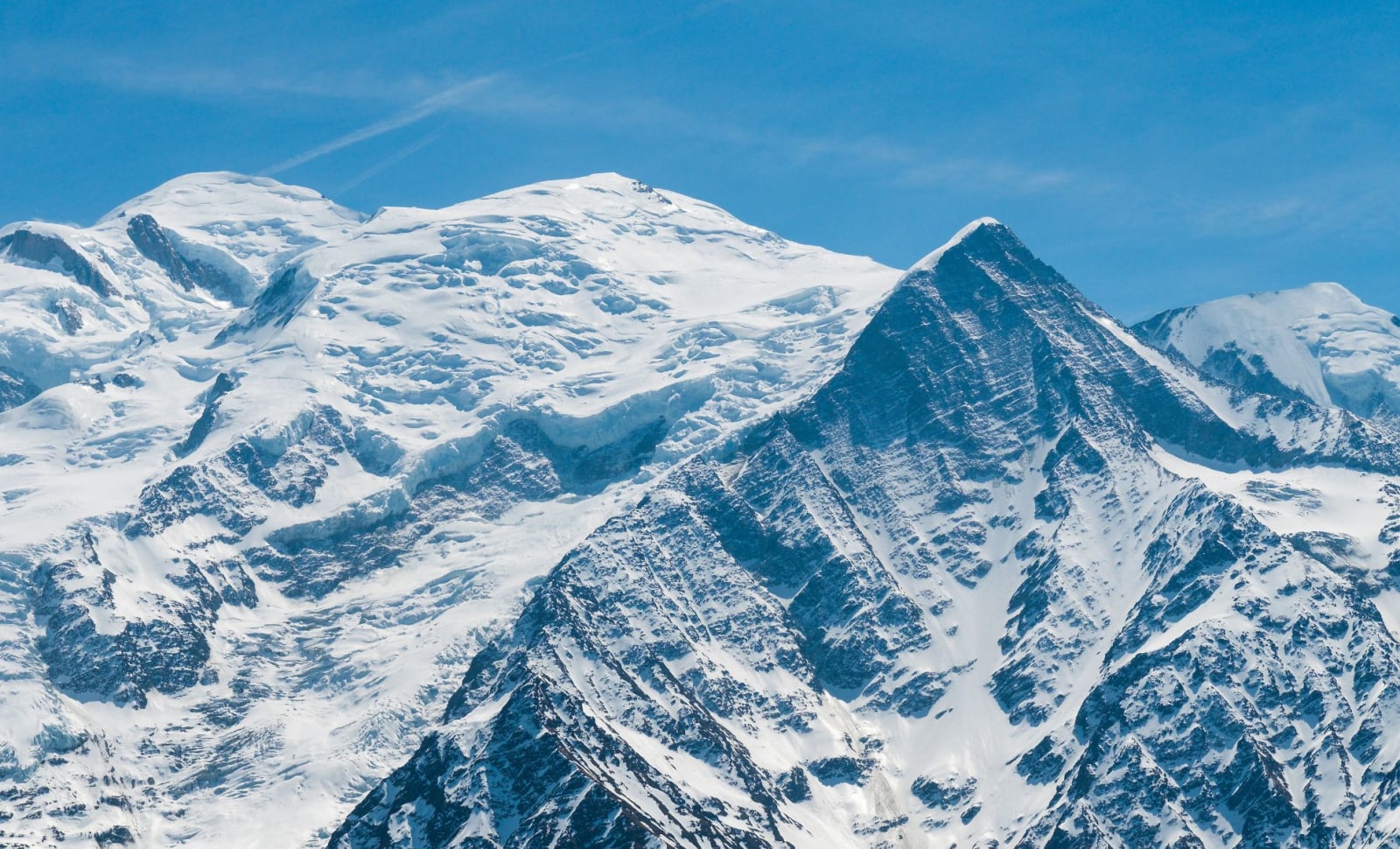A Frozen Time Capsule Deep In The Alps
An extraordinary ice core, extracted from Mont Blanc, has revealed a continuous climate and atmospheric record stretching back over 12,000 years. This discovery offers the oldest alpine ice ever studied in Western Europe, providing a unique window into the planet’s past.
The ice core was collected from Dôme du Goûter, a high-altitude glacier on the flanks of Mont Blanc. It measures 40 meters in length and contains a meticulously preserved sequence of aerosol particles, chemical traces, and pollen. These microdeposits are more than just remnants of snowfall—they serve as historical records of desert dust, volcanic sulfur, wildfire smoke, and anthropogenic pollutants suspended in the atmosphere over millennia.
Researchers from the Desert Research Institute (DRI) and collaborators in France and Germany have analyzed the ice core, revealing distinct environmental transitions. Their findings, published in PNAS Nexus in June 2025, show that the glacier holds a complete atmospheric record from the Mesolithic Period to today.
Unlocking Europe’s Longest Alpine Climate Record
The ice was originally drilled during a 1999 expedition and remained stored in a freezer in France for over 20 years. It was later transported to DRI’s Ice Core Lab in Reno, Nevada, where scientists used advanced continuous flow analysis to melt and measure the chemical composition of each layer.
Using radiocarbon dating techniques, researchers determined the bottom layer of the ice core formed more than 12,000 years ago, capturing the climate during the transition out of the last Ice Age. This makes it the first European ice core known to reach that far back in time—significantly extending the limits of what was previously thought possible from alpine glaciers.
“It’s exciting to find the first ice core from the European Alps containing an intact record of climate that extends back through the current ten-thousand-year warm period and into the very different climate of the last ice age,” said Susanne Preunkert, a coauthor of the study and member of the original field team.
Surprising Contrasts Just Meters Apart
What makes this discovery even more remarkable is that a nearby core, taken from a glacier less than 100 meters away at Col du Dome, revealed ice only about 100 years old, despite being deeper. Scientists attribute this contrast to intense wind dynamics at Mont Blanc, which may contribute to preserving older ice in specific locations while eroding it in others.
Despite 20th-century warming, the cold, high-elevation conditions at over 14,000 feet allowed the glacier to remain largely untouched by melting. “We were relieved to find that even under the unusually warm climate of the 20th century, the cold temperatures near Mont Blanc’s peak had preserved the glacier so that the ice record hadn’t yet been impacted by melting,” said Nathan Chellman, a coauthor of the study.
Reshaping our Understanding of Past Climate Variability
The study also tracked phosphorus concentrations, which were low during the Ice Age, rose during the early and mid-Holocene as forests expanded, then declined in the late Holocene in tandem with agricultural spread and land-clearing by humans.
The sea salt record revealed stronger westerly winds during glacial periods, inferred from higher sea salt deposition. Such aerosols can influence cloud formation and reflect solar radiation, playing a key role in climate regulation.
Meanwhile, dust concentrations told an even bolder story: levels were eight times higher during the Ice Age than during the Holocene. Researchers suggest this spike could be linked to enhanced Saharan dust transport. “This ice core spans the full range of natural and anthropogenic change, and it’s right in the center of Europe, where much of Western civilization evolved,” said Joe McConnell, director of DRI’s Ice Core Lab and coauthor of the study.







